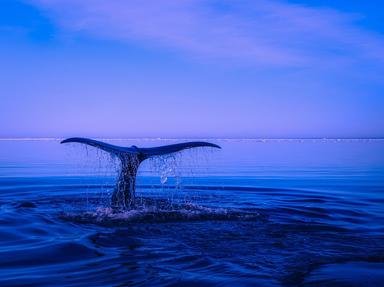
Us and Them Trivia Quiz
Australian and New Zealand troops are commonly known as the ANZACs, but before that legend was formed during WWI, both countries had fought side by side during (& since) the South African wars. Match the conflicts with the year in which they occurred.
An ordering quiz
by pollucci19.
Estimated time: 4 mins.
- Home
- »
- Quizzes
- »
- History Trivia
- »
- Oceania